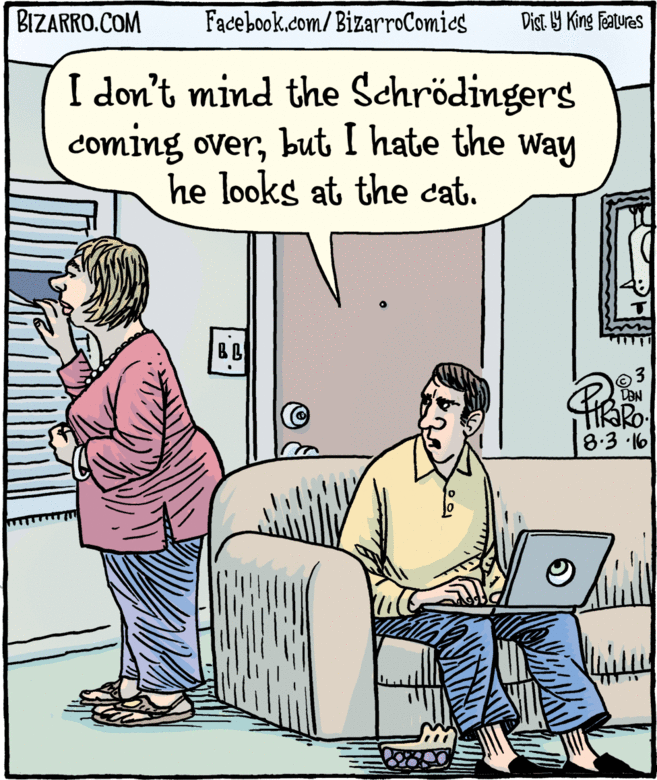steve_bank
Diabetic retinopathy and poor eyesight. Typos ...
Jump over to philopshy and the thread I staed on enrgy and fileds.
Wjat is a fpc ield? It is a ,ap of the mahntude and drection of a partcle moved aroud the filed.
But a battery across two parallel plates and we say tere is an e;ecric filed between the two plates.
Move a theretcal unit charge around the plate and at each point the chrage exrences a force vector.
What an elecrc filed 'is' we do not know, but wat we calla field is a map.
Up through the 19th century one issue in physics was explaining 'action at a distance' for elecricicty and magnetism.
Some proposed a medium through which a mechanical force was transmitted.
Maxwell came up with the idea of a field. A propagating EM wave in space was modeled as orthogonal electric and magnet fields.
In my view it is more correct to say the construct of a field is a building block of scientific theory.
The map is not the countryside. Scientific models model reality but are not reality itself.
BTW I don't generally watch any of the videos people post, especially if there is no preface. I read books and used theory in my work.
As somebody else said post a summary of the point you are making along with a video.
Wjat is a fpc ield? It is a ,ap of the mahntude and drection of a partcle moved aroud the filed.
But a battery across two parallel plates and we say tere is an e;ecric filed between the two plates.
Move a theretcal unit charge around the plate and at each point the chrage exrences a force vector.
What an elecrc filed 'is' we do not know, but wat we calla field is a map.
Up through the 19th century one issue in physics was explaining 'action at a distance' for elecricicty and magnetism.
Some proposed a medium through which a mechanical force was transmitted.
Maxwell came up with the idea of a field. A propagating EM wave in space was modeled as orthogonal electric and magnet fields.
In my view it is more correct to say the construct of a field is a building block of scientific theory.
The map is not the countryside. Scientific models model reality but are not reality itself.
BTW I don't generally watch any of the videos people post, especially if there is no preface. I read books and used theory in my work.
As somebody else said post a summary of the point you are making along with a video.

